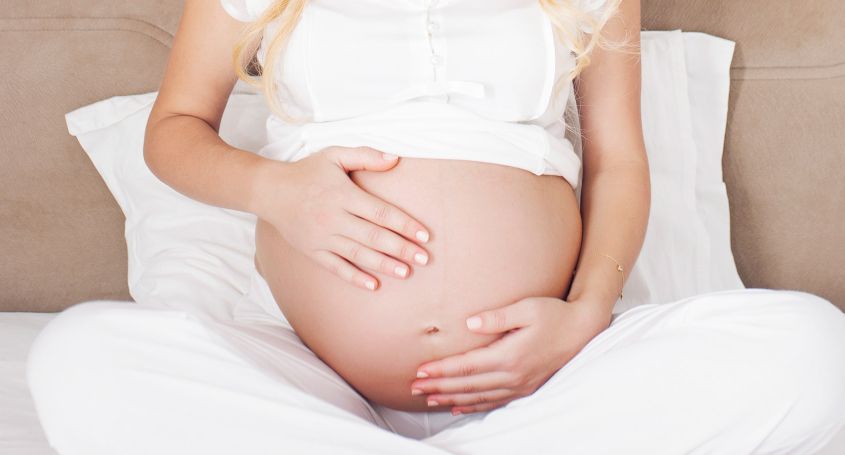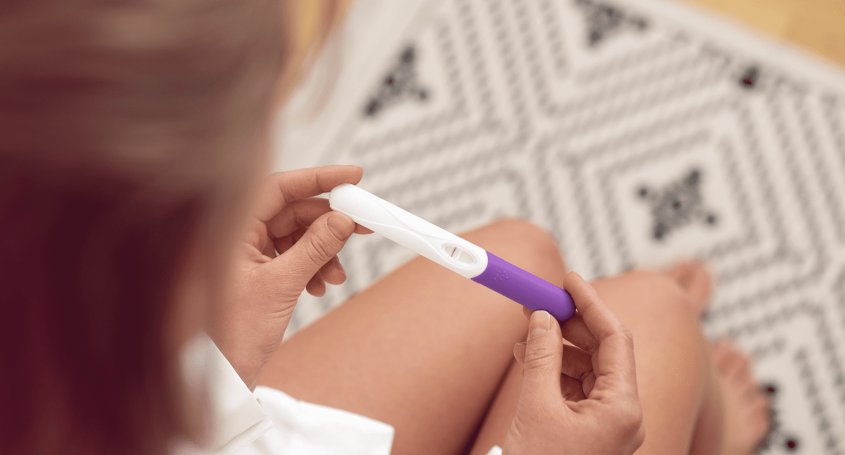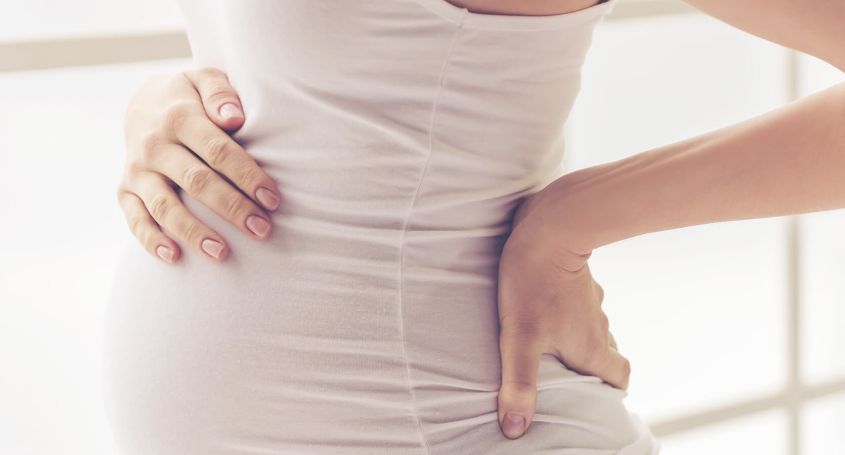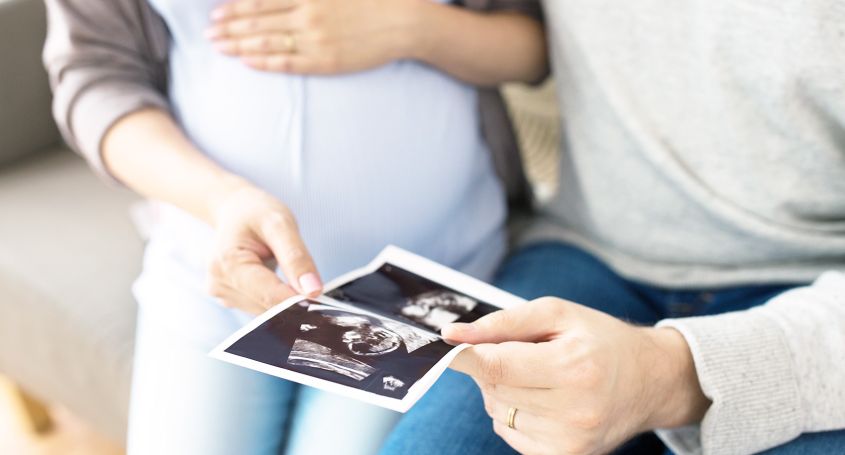Why haven't I achieved pregnancy if the embryo quality is good? This is one of the most frequent doubts in a fertility clinic. The answer is clear: achieving pregnancy does not depend only on the quality of the embryos, but also on the endometrium. For this reason, preparing the endometrium in a fertility treatment is key and, below, we will see why.
Endometrium and menstrual cycle
The endometrium is the mucous membrane that covers the uterus and whose function is to provide an optimal environment for embryo implantation. In the first half of the cycle, due to changes in the levels of sex hormones (estrogen and progesterone), there is desquamation or detachment of the endometrium that implies the appearance of menstruation. At the same time, a new endometrium is regenerated and what we call proliferative endometrium appears. At this stage, the endometrium thickens and endometrial glands and blood vessels form. Once ovulation has occurred, different substances begin to be secreted with the aim of preparing the endometrium for pregnancy (known as secretory endometrium).
The 3 requirements of the endometrium for a correct implantation
There are 3 factors associated with the endometrium that are key for embryo implantation to take place: thickness, appearance and receptivity.
As we have seen in the previous section, the thickness of the endometrium varies throughout the cycle. For implantation to occur, the optimal endometrial thickness is between 7 and 12 mm. The endometrium reaches this measurement, generally, between days 19-21 of the menstrual cycle.
On the other hand, structure is also important. For a correct implantation, we must have a trilaminar endometrium, that is, 3 layers are differentiated when observed by ultrasound.
The third requirement is endometrial receptivity. When the endometrium has already acquired the necessary morphological and functional characteristics, it is able to interact with the embryo for implantation to take place. Receptivity is restricted to a specific period that we call the implantation window and occurs on days 19-21 of the cycle.
Endometrial preparation in assisted reproduction
In fertility treatments such as IVF with egg donation or the transfer of frozen embryos (own or donated), preparing the endometrium is crucial. This preparation is based on the administration of hormonal medication. Unlike ovarian stimulation, endometrial preparation can be done with oral medication. In the case of artificial insemination s or IVF cycles with fresh own eggs, we only use progesterone in the second phase of the cycle, once the follicular puncture or insemination has been done. This is what we know as endometrial preparation in a natural cycle because we take advantage of the estrogens generated by the body itself.
On the other hand, in egg donation or cycles with frozen eggs or embryos, we usually perform the artificial cycle by administering estrogen and progesterone.
In both options, ultrasound controls are carried out to monitor endometrial growth.
Do you have more questions about endometrial preparation in assisted reproduction treatments ? Share your doubts in the comments.














